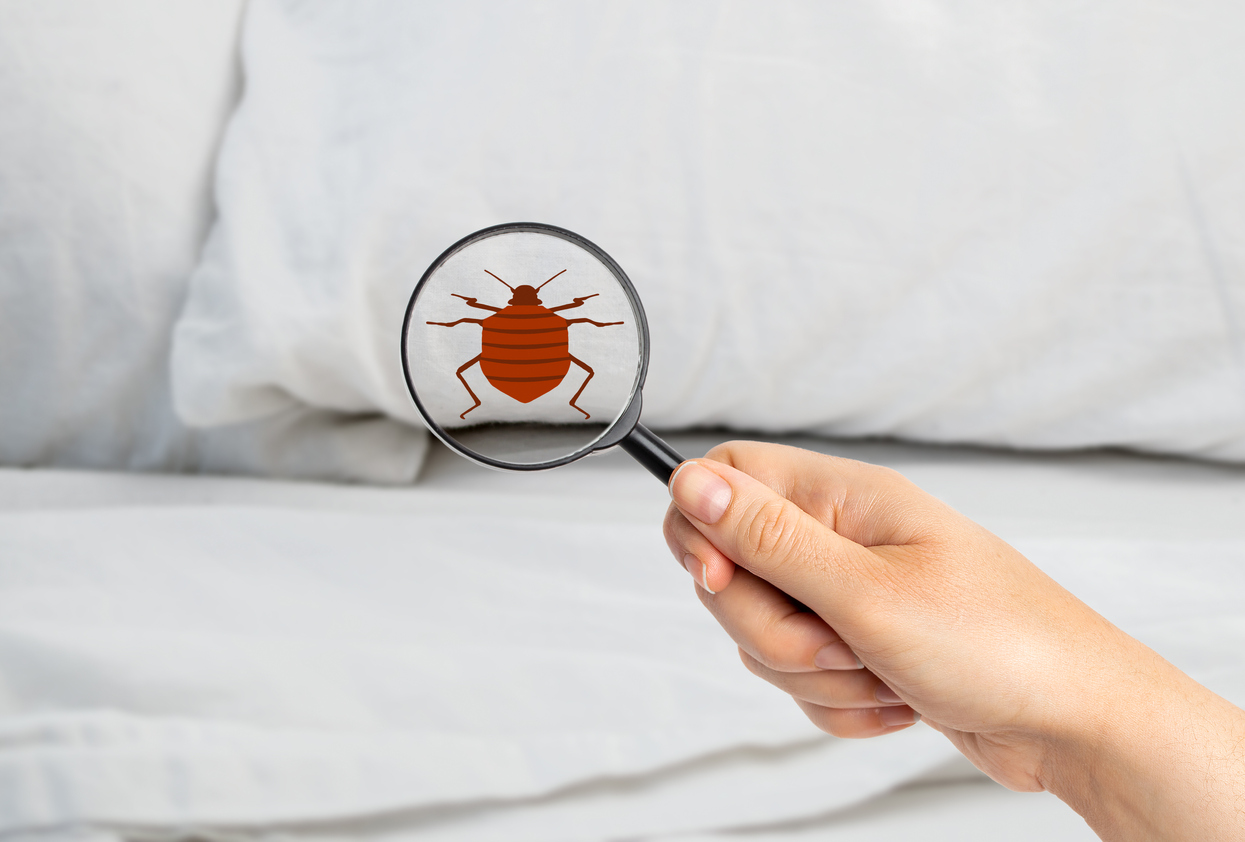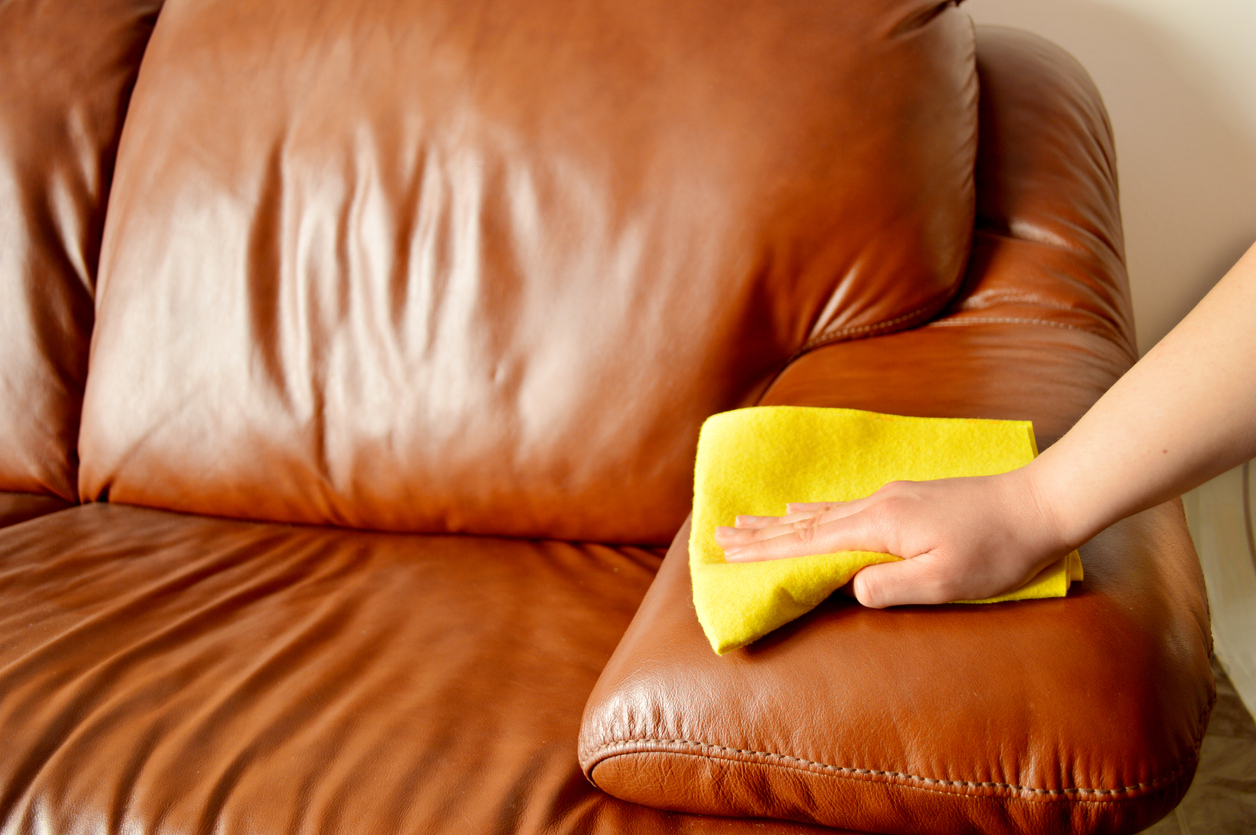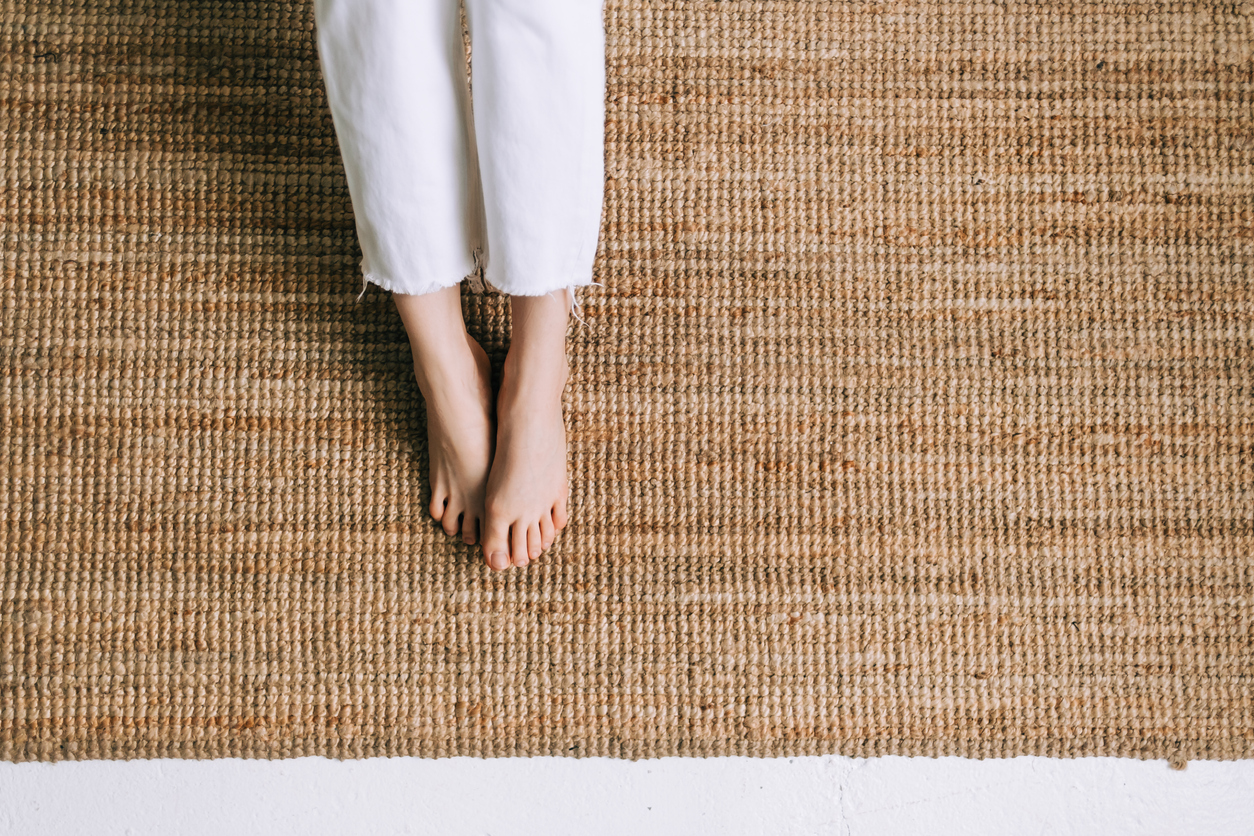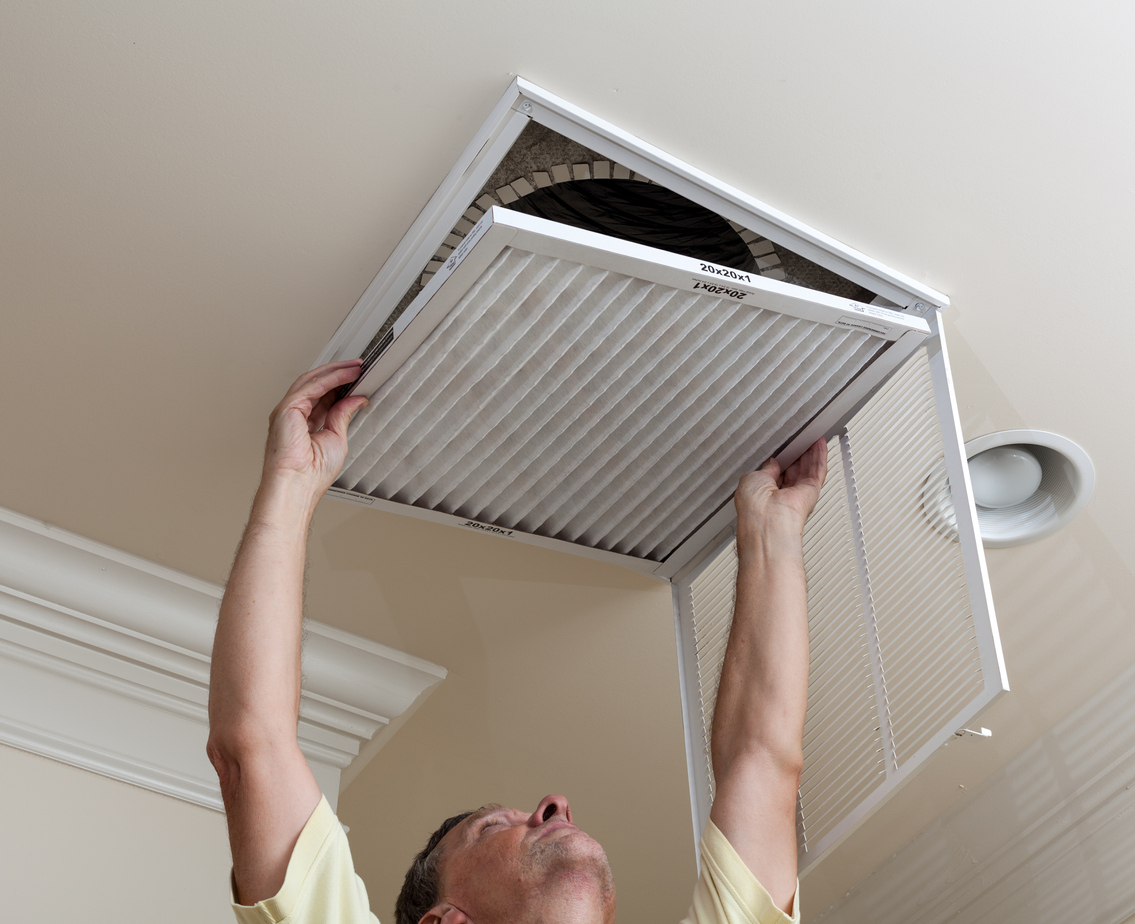Between cheery birds chirping, sunny days, and idyllic scenes of bees lazily buzzing from one blossom to the next, it’s easy to think of springtime as one of the more joyful times of the year. But for the more than 26 million seasonal allergy sufferers in the U. S., the arrival of spring (and hay fever) can be a true nightmare.
As anyone who’s dealt with allergies will tell, spring weather can trigger an onslaught of irritating allergy symptoms, including runny, itchy eyes, sneezing, a scratchy throat, coughing, and more. And when forecasts of high-pollen and windy weather create terrible conditions outside, many allergy sufferers seek refuge at home unaware that indoor allergens can be just as harmful as outdoor allergens.
Unfortunately, allergies are incurable, but luckily, there are ways to make living with them a little bit more manageable. Follow along for furniture tips and tricks to keep the home allergy-friendly.

Bedroom
Invisible to the human eye are microscopic dust mites living inside bedding and fibers. Throughout their lifecycle, dander and dust accumulate, creating a collection of allergens ready to be inhaled. Getting rid of these pests is a tough endeavor, but there are ways sleepers can cut down on dust mites.

For starters, switch to dust-resistant pillowcases or dust mite covers. Both help to either repel or contain allergens created by dust mites and are easier to clean than natural fibers, so users can practice easy, regular upkeeping.
Secondly, avoid loose bedding such as weaves or knits — dust mites thrive in these environments. Similarly, the type of mattress upholstery may encourage mites to colonize. If you suffer from allergies while sleeping, consider these tips:
- Hypoallergenic mattresses: These mattresses feature a tighter upholstery weaving that prevents pests from burrowing into fibers.
- Latex mattress: Latex mattresses are naturally hypoallergenic, and since they resist moisture growth, they can also help with preventing mold and mildew growth. While most latex mattresses are made with a process that filters out latex proteins, those with latex allergies may still consider this an option, but should conduct proper research beforehand.
- Replace your innerspring mattress: At the base of an innerspring mattress is a series of coils — but not much else. That means the base of an innerspring mattress is airy and dark, a.k.a. a dust mite paradise.
- Avoid upholstered bed frames: Upholstered headboards, footboards, and side rails can be just as much of a playground for allergens as bedding and a mattress. Instead, consider a wood or metal bed frame.
Living Room
After that introduction, it’s no surprise the soft surfaces throughout the living room are also prime real estate for allergens. Try the following tips to help keep your living space allergy-free.
Since leather (and faux leather) aren’t crafted with the same open structure of fabrics, dust mites stand little chance of living inside. What’s more, because dust, dead skin cells, and dander remain on the surface, they’re easier to wipe away, often with just a wet rag and a microfiber cloth.
Still, pay attention to other factors, such as cushioning. If your living room sofa has several seat cushions where dust and debris can get trapped, it will require more maintenance than a sofa or loveseat with fewer cushions. Additionally, a raised base on a sofa, loveseat, or chair provides easier access to hard-to-reach dust that naturally gathers beneath furniture.

Living Room Accessories
Do not forget about window curtains! On top of easily collecting dust, pollen, and other allergens when a window is open, their high profile also acts as a magnet for buoyant particles that would otherwise float into the air vent. Luckily, window curtains can be easily tossed into a wash or steam-cleaned while hanging.
Ideally, a home with no carpets or rugs is the best option for those who suffer from allergies. Still, there are viable options that are allergy-friendly:
- Not only is wool hypoallergenic, it also excels at absorbing irritants such as smoke, dust, and chemicals. Just make sure to vacuum regularly so there is no accumulation.
- Natural jute rugs not only prevents dust formation, but they repel them and only require regular vacuuming.
- Low-pile rugs are the easiest type of rug to maintain and feature minimal fibers that make it hard for allergens to gather.

Laundry
When it comes to bedding and wardrobe, your washer and dryer are one of the best defenses against allergies. Make sure to wash clothes on the hottest water temperature possible (check the label!) to properly kill dust mites. Additionally, the Sanitize Cycle can help eliminate bacteria and mold formation and is especially good at giving spring clothes a refresher after being stored away in the closet for winter.
Cleaning Tips

The more time spent indoors, the greater the need to keep things clean. With a regular routine including the following tips, seasonal allergy sufferers can see improvement in their at-home living conditions.
✓ Make sure to vacuum often, including under furniture and the bed, in between cushions and on top the mattress, plus blinds, curtains, ceiling fans, and venting.
✓ Steam soft surfaces to keep them from harboring mold spores and pests.
✓ Pass a used fabric softener sheet over lamps and electronic devices such as TVs to create a natural anti-static barrier that repels dust.
✓ Remember to change your home’s air filter regularly.
See What’s New This Season
While allergy season is never fun, exploring the latest season of furniture designs is! With styles for every home, we have a full catalog of furniture for the living room, bedroom, kitchen, and more. Shop online or in-store today!
